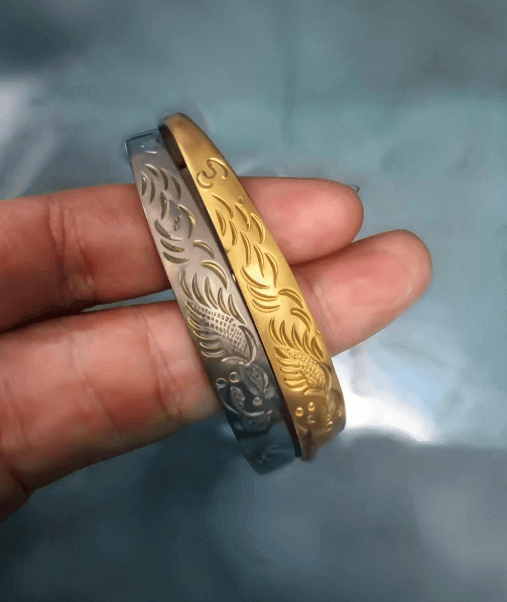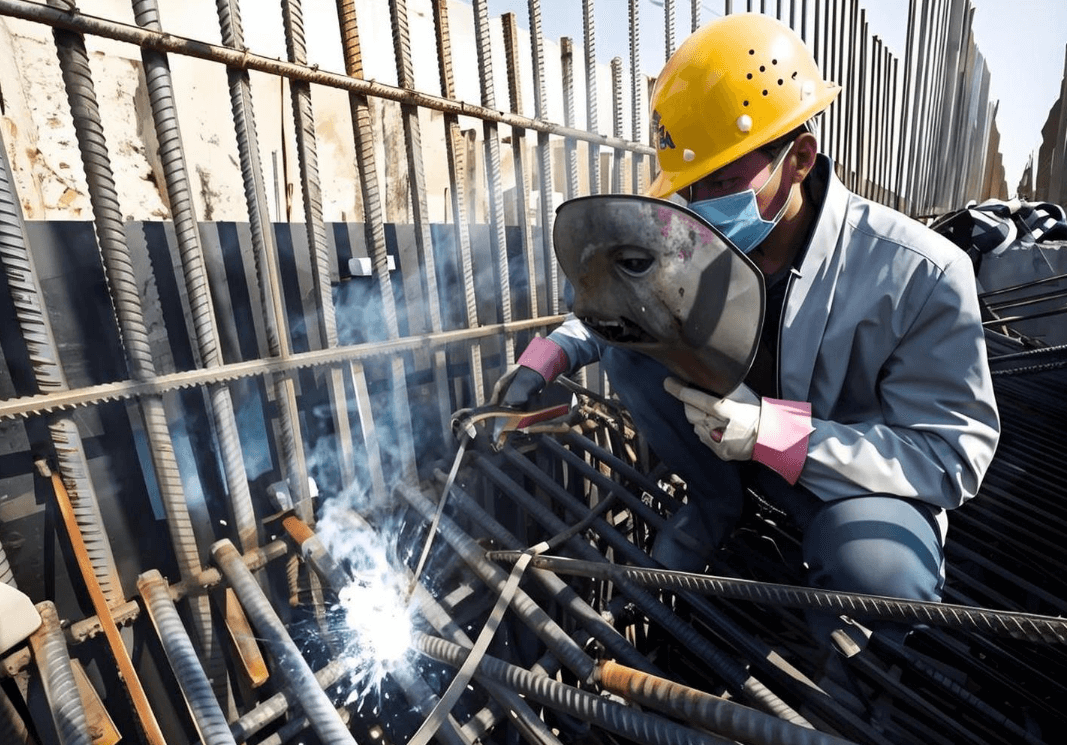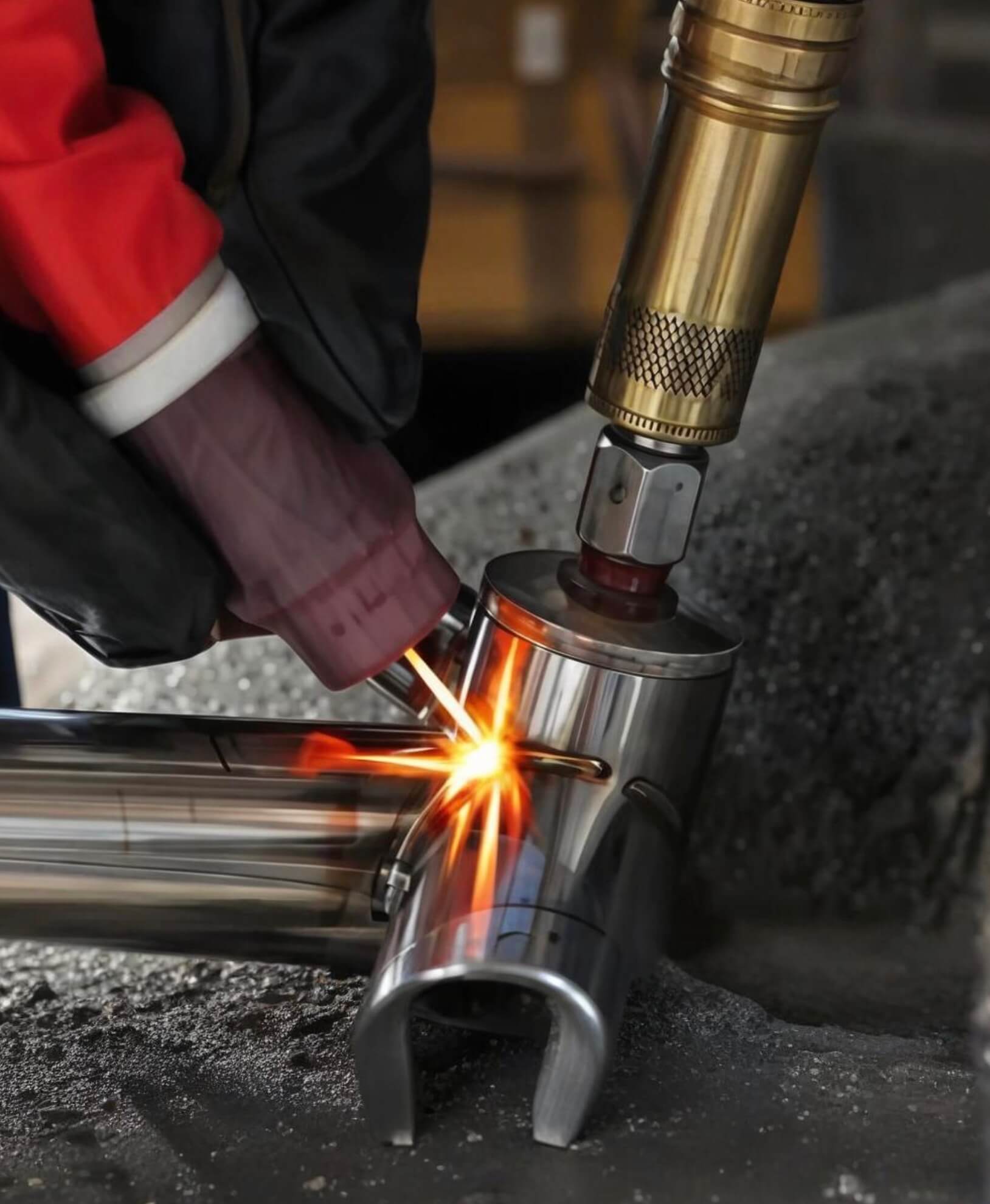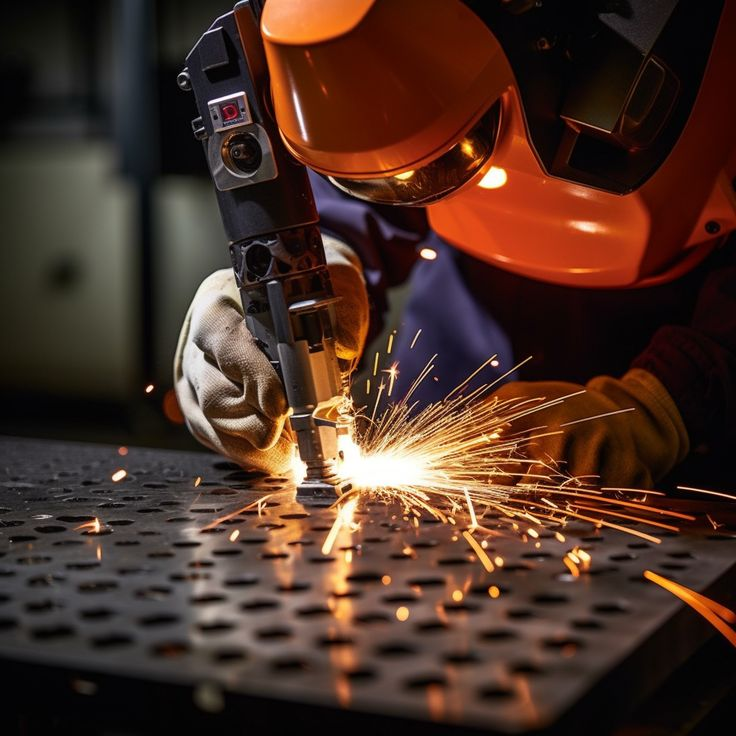Table of Contents
Laser engraving machines are recognized as powerful tools that can craft intricate designs on different materials. This makes them an integral tool for both industrial and artistic applications. Our comprehensive guide today aims to explain what laser engraving machines are, how they work, how to use them effectively, and more.You might be planning to personalize your gift, craft industrial markings, or dive into creative art projects. Whatever the case is, you need to understand the functionality and capabilities of laser engraving machines if you want to sweeten your engraving project. The tips in our guide help you maximize the potential of your machine and craft precise engravings.
What is a Laser Engraving Machine?
A laser engraving machine is a device that employs a concentrated laser beam to construct meticulous and permanent imprints. The device crafts such marks on different materials like metals, wood, glass, leather, and plastics. Traditional engraving uses physical tools to carve into a surface; however, laser engraving hinges on a non-contact technique where a high-energy laser beam removes or vaporizes material before it leaves a clean and precise sign. This process delivers high-quality and detailed engravings from simple text to intricate images. Laser engraving machines are presented in distinct types depending on where their laser comes from. Each of these types can handle different materials, as the table below shows:
| Laser Type | Ideal Materials | Key Features |
| Diode Laser | Wood, leather, paper, plastic, some acrylics | Compact, affordable, beginner-friendly |
| CO2 Laser | Wood, acrylic, glass, leather, fabric, rubber | Versatile, ideal for non-metals, larger working area |
| Fiber Laser | Metals (steel, aluminum, brass), some plastics | High precision, excellent for metals, long lifespan |
| UV Laser | Plastics, glass, ceramics, some metals | Low heat, highly detailed engravings, minimal damage to material |
| Industrial-Grade CO2 | Wood, acrylic, rubber, glass, textiles | Powerful, high-speed, durable for heavy use |
How Does a Laser Engraving Machine Work?
It is safe to say that all laser engraving machines work on a unique principle that can be divided into three main phases.
Phase 1: Laser Generation and Beam Focus
A laser engraving machine initially generates a strong laser beam. The beam is meticulously concentrated on the surface of the material. The laser source crafts this concentrated beam of light, typically through CO2, fiber, or diode laser technology. The type depends on the machine’s design and application needs.
As mentioned earlier, the type of laser source affects the material compatibility. After the generation of the beam, it is directed through a set of mirrors and focused by lenses. It helps the beam concentrate the energy onto a small point on the material’s surface.
Phase 2: Heat Interaction with Material
Once the concentrated laser beam touches the material, it causes intense heat. The heat can either melt, vaporize, or discolor the surface. This process is controlled in a way that it can craft grooves without physical contact, thereby conserving the integrity of the material.
The laser power and speed settings are adjusted based on the type of engraving—whether it is deep engraving, surface etching, or marking. For instance, higher power and lower speeds can yield a deeper engraving. On the other hand, lower speeds are used for lighter markings. This way, users can engrave detailed or large designs with elevated precision.
This heating interaction with the material happens in a flash. The laser follows an appointed path and removes/alters material in milliseconds, giving birth to a sharp and clean engraving. The process is instantaneous and leads to negligible waste because only a small portion of the material is affected by the laser.
Phase 3: Computer-Controlled Precision and Movement
The brain for the majority of laser engraving machines is computer-aided design (CAD) software. It allows users to create and adjust designs with heightened precision.
The design is then uploaded to the engraving machine’s control system. The machine interprets it and guides the laser beam along the X and Y axes based on the exact path of the design. Some machines even offer a Z-axis adjustment to let the user focus on different material thicknesses.
The software controls vital parameters like the laser’s intensity, speed, and movement direction. These settings empower the machine to engrave detailed patterns, text, or images as per the design.
The precision of the computer-guided laser ensures that the engraving is consistent. This makes laser engraving machines suitable for mass production and precise custom designs. The mixture of high-powered laser technology and computer precision empowers these machines to craft professional-quality results.
How to Use a Laser Engraving Machine?
Using a laser engraving machine involves going through different steps. Let’s review them one by one:
Prepare the Design: Before you do anything, create or select your design. To do so, you can benefit from vector-based software like Illustrator or CAD. Then, save your design in a compatible format like SVG, DXF, AI, etc.
Set Up the Machine: Turn your engraving machine on. Open the control software. Then, import your design. Modify the position, size, and orientation so your design can fit the dimensions of your material.
Adjust Laser Settings: Pick the proper power, speed, and frequency settings on your engraving machine based on your material. For example, you can go with lower power for wood and slower speed for glass. To obtain the best results, don’t forget to refer to the manufacturer’s guidelines or run tests in advance.
Place the Material: Place and secure your material on the engraving bed. To do so, you can employ clamps if necessary. For maximum precision when positioning, you can use alignment guides or grids.
Set the Focus: Now, adjust the laser’s focus. This is to make sure the distance between the laser head and the material is optimum. The importance of this step is more tangible when using the machine for sharp engravings. If your machine comes with automatic focus, use it. Otherwise, adjust the focus manually based on instructions.
Run a Test Frame: Run a dry test frame. This helps you make sure the laser’s path matches the material’s edges. This way, you can prevent errors and material waste.
Start Engraving: Now that everything has been set, initiate the engraving process. Monitor the machine to make sure the operation is safe and consistent, especially for flammable materials.
Inspect the Result: Once the engraving is finished, assess your work. Clean the material if necessary. To enhance your results in the future, you can now make any setting adjustments.
What Can You Do with a Laser Engraving Machine?
Laser engraving machines come with diverse applications across different industries, as the table below shows.
Application | Ideal Materials | Common Items Created | User Type |
Personalized Gifts and Products | Wood, metal, leather, acrylic | Jewelry, phone cases, keychains | Hobbyists, gift shops, small businesses |
Industrial Marking and Identification | Metals, plastics | Serial numbers, barcodes, tracking info | Aerospace, automotive, electronics industries |
Creative Arts and Crafts | Wood, glass, leather, acrylic | Wall art, coasters, decorative signs | Artists, hobbyists, craft stores |
Signage and Branding | Metal, acrylic, wood | Signs, plaques, branded promotional items | Businesses, offices, event planners |
Jewelry and Fashion Accessories | Precious metals, leather, fabric | Rings, bracelets, handbags, belts | Jewelry makers, fashion brands |
Trophies and Awards | Glass, acrylic, metal | Trophies, plaques, awards | Corporate, academic, and sports organizations |
Home Decor and Furniture | Wood, glass, metal | Picture frames, cutting boards, mirrors | Interior designers, home decor retailers |
Educational and Prototyping | Wood, acrylic, plastic | Prototypes, STEM projects, concept models | Schools, universities, product developers |
Electronics Customization | Plastics, metal | Laptops, headphones, phone cases | Tech brands, individuals, electronics retailers |
1. Personalized Gifts and Products
Laser engraving is broadly used to personalize items like jewelry, watches, phone cases, and keychains. These machines can engrave names, dates, or special messages to create unique keepsakes for birthdays, weddings, etc. This level of customization makes your items more meaningful.
2. Industrial Marking and Identification
Laser engraving is employed in industries to mark components with serial numbers, barcodes, or tracking information. These permanent markings are integral for inventory management, compliance, and quality control. Also, due to high durability, industries such as aerospace, automotive, and electronics use laser engraving.
3. Creative Arts and Crafts
Artists and hobbyists can use laser engraving to craft intricate designs on wood, glass, leather, and other materials. Such designs include wall art, coasters, and decorative signs. Since laser engraving is highly precise, artists can use it to create detailed designs that are difficult to replicate by hand.
4. Signage and Branding
Businesses can use laser engraving for high-quality signs, plaques, and nameplates. Engraved signage is long-lasting, fade-resistant, and professional. Companies also engrave logos on promotional products such as pens, notebooks, and water bottles.
5. Jewelry and Fashion Accessories
Laser engraving is broadly used to make jewelry. It enables high-precision detailing on rings, bracelets, and necklaces. The technique is also used to customize leather or fabric for accessories like handbags and belts, thereby presenting a personalized touch.
6. Trophies and Awards
Customized engraving for trophies and awards is common in sports, academia, and corporate events. Laser engraving enables detailed, sharp text and imagery on materials like glass, acrylic, and metal. This helps you create professional awards.
7. Home Decor and Furniture
Laser engraving sweetens home decor as it can add design to furniture, mirrors, and kitchenware. Personalized engravings on tables, cutting boards, and picture frames can boost your home aesthetics.
8. Educational and Prototyping Uses
Laser engraving helps students learn about design and engineering. It also expedites the prototyping process for product development because it enables the immediate creation of models and visualization of concepts.
How Much is a Laser Engraving Machine?
The cost of a laser engraving machine hinges on elements such as laser type, power level, and brand. The table below shows the price range for different types of laser engraving machines and their common uses. It’s needless to say laser machines with higher power and precision levels cost more within their corresponding range.
Laser Machine Type | Common Uses | Price Range |
Diode Laser | Wood, leather, light materials | $200 – $500 |
CO2 Laser | Non-metals (wood, acrylic) | $1,000 – $5,000 |
Fiber Laser | Metals, industrial applications | $3,000 – $10,000+ |
Industrial-Grade Laser | Large-scale, professional use | $10,000 – $100,000+ |
Where to Buy a Laser Engraving Machine?
You can purchase laser engraving machines from both online and physical stores. If you are a hobbyist or own a small business, you can go with popular e-commerce platforms like Amazon and eBay. Such stores present a set of affordable diode and CO2 laser engravers. They also provide the ability to compare prices and read reviews, which is a life-saver for first-time buyers.
If you need a professional machine with higher quality, special online retailers can help you pick a proper machine with extensive support and warranties. They typically offer a broad spectrum of CO2 and fiber laser engravers for diverse business needs. Their premium machines are primarily top-notch for businesses and can be customized for personalized features.
What’s more, if you’re looking for industrial-grade machines, you can refer to direct manufacturers. Alternatively, you can contact B2B suppliers on sites like Alibaba. These companies provide products for larger operations and deliver specialized engraving machines along with additional training and support.
The last option is to go with local distributors or machine tool shops, especially if you prefer to see the machine in person. Visiting trade shows for manufacturing or engraving can also give you proper hints and provide you with opportunities to meet with reputable vendors.
Final Words
Laser engraving machines are usable in diverse sectors, including industrial manufacturing and artistry. With everything you learned today, you can handle the setup, operation, and application of laser engraving machines with confidence.
Learning the steps to using the machine, understanding the types of laser, and getting to know the materials that fit each machine type allow you to get the most out of your engraving machine. These machines are invaluable tools if you tend to obtain high-quality and detailed results for each project.






